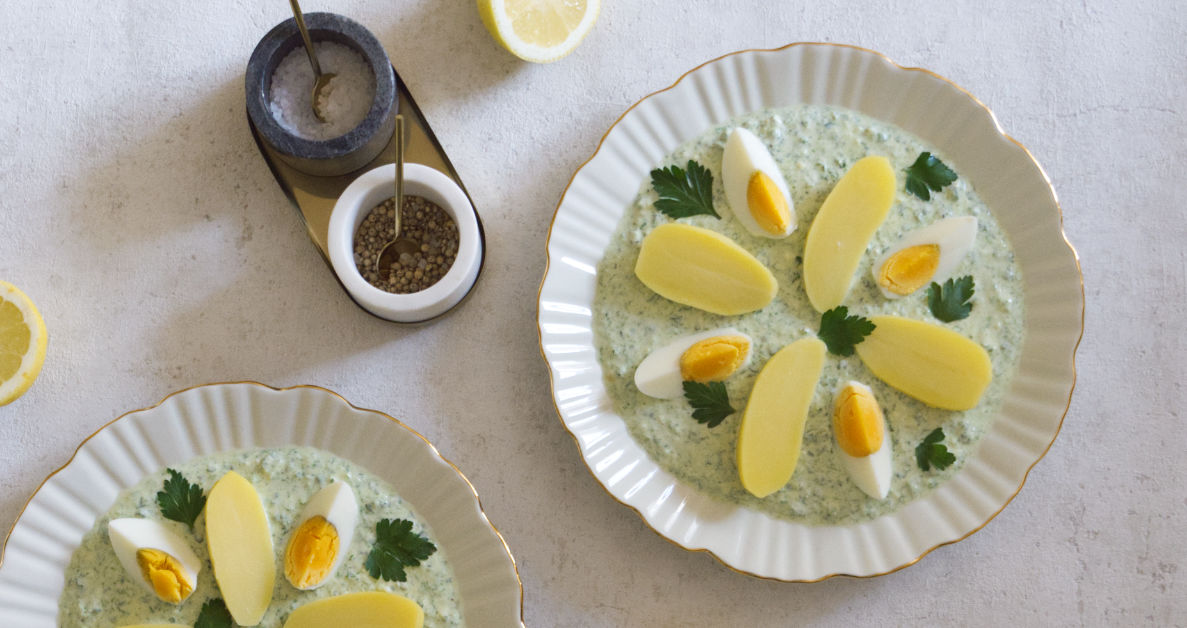20 German Vegetarian Dishes – Traditional German Vegetarian Food
Are you a vegetarian foodie who is looking for traditional German dishes to try on your trip to Germany? I have got you covered! May these 20 German Vegetarian Dishes inspire you to discover German vegetarian cuisine when traveling through Germany! German cuisine is so much more than sausage, pork knuckle and sauerkraut. In the … Read more
